Game description:
Don't Scream is a first-person horror game where the player must walk through a dark forest for exactly 18 minutes without making a single sound. The game uses a microphone to monitor real-life noise, and any detected vocal reaction instantly ends the session. The environment is filled with unexpected visuals and sounds intended to trigger a response. The challenge lies not only in completing the walk, but in maintaining complete silence while the atmosphere becomes more tense and unpredictable with every step.
Movement, Timing, and Sound Sensitivity
The timer only moves forward when the player is in motion, so standing still won’t help complete the goal. This design forces constant movement, which increases the chance of encountering scares. Any gasp, laugh, or sudden vocal noise is enough to reset the progress. The forest is filled with ambient tension—random noises, visual tricks, and timed events. The game doesn’t rely on traditional objectives but instead builds pressure by testing the player’s physical self-control.
Main Systems That Shape the Experience
Don’t scream builds its tension through a few focused systems:
· Real-time microphone monitoring that resets on any sound
· A constantly changing forest environment
· Sudden visual effects designed to cause startle reactions
· Retro camcorder visuals that reduce visibility
· A countdown system tied directly to the player’s motion
These elements work together to make each playthrough feel different. The more the player moves, the more they risk running into disturbing events. The game's retro look adds a layer of distortion, making it hard to predict what might appear next. It’s not just about survival—it’s about discipline and mental endurance.
Immersion Through Simplicity
Don’t scream avoids complicated menus or controls. The game begins immediately, and the only goal is to survive the full time span in silence. Every shadow, sound, and movement in the woods is designed to provoke instinctive reactions. Without weapons or tools, the only defense is emotional control. The minimalistic interface and lo-fi visuals enhance the unease, giving the player no distractions from the central challenge.
Personal Challenge and Replay Potential
The experience is built around testing the player rather than the character. Completing the game without reacting feels like an achievement in emotional control. Because events are randomized, no two runs feel exactly the same, and each failure encourages another try. Don’t scream is not about defeating monsters or solving puzzles—it’s about proving you can keep calm when everything around you is trying to break that silence. The result is a unique type of horror experience that focuses entirely on the player’s own reactions.










































































































































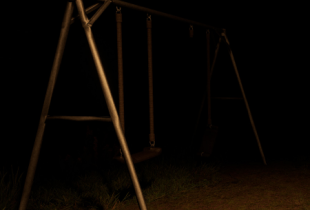
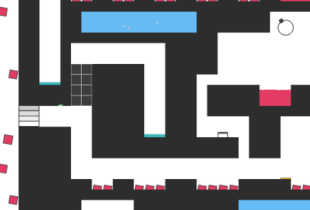

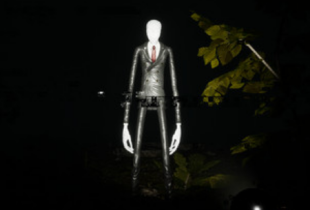






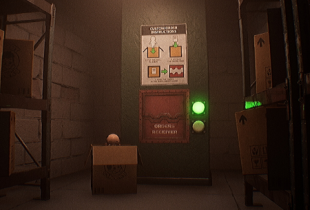


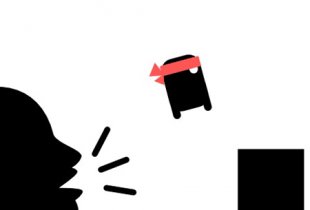
Comments